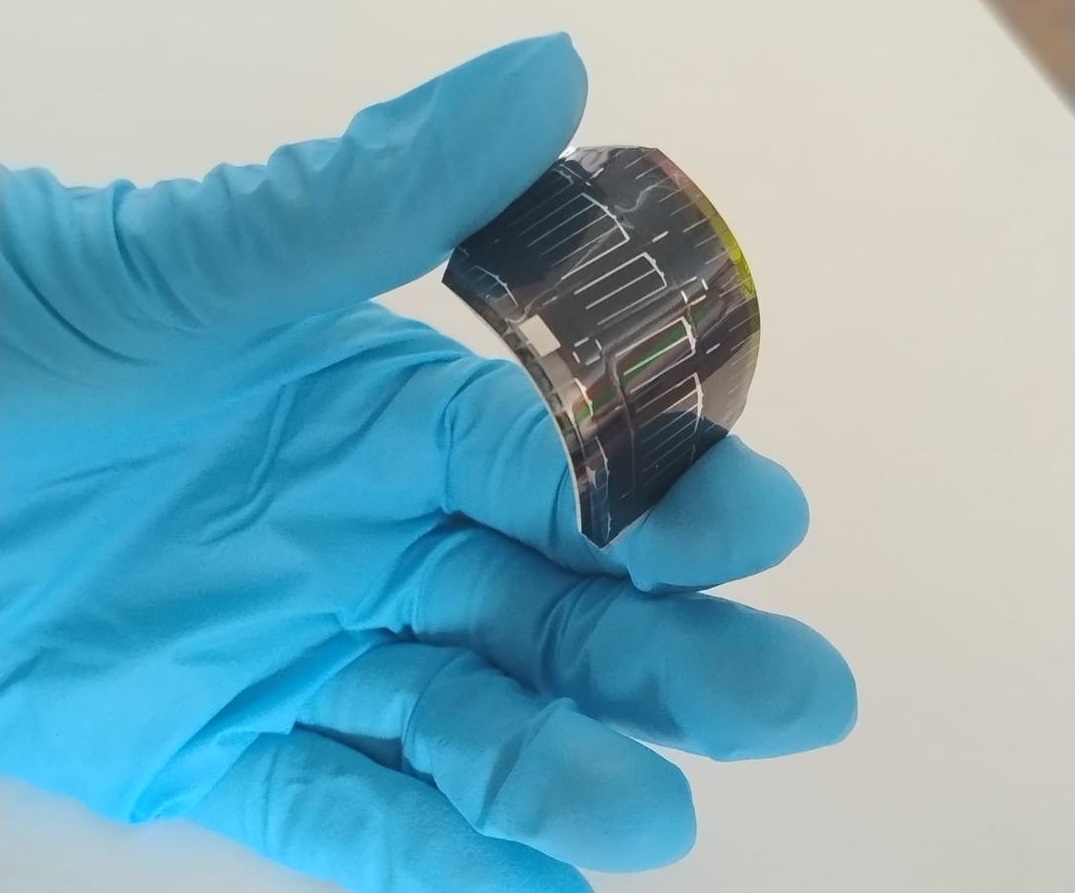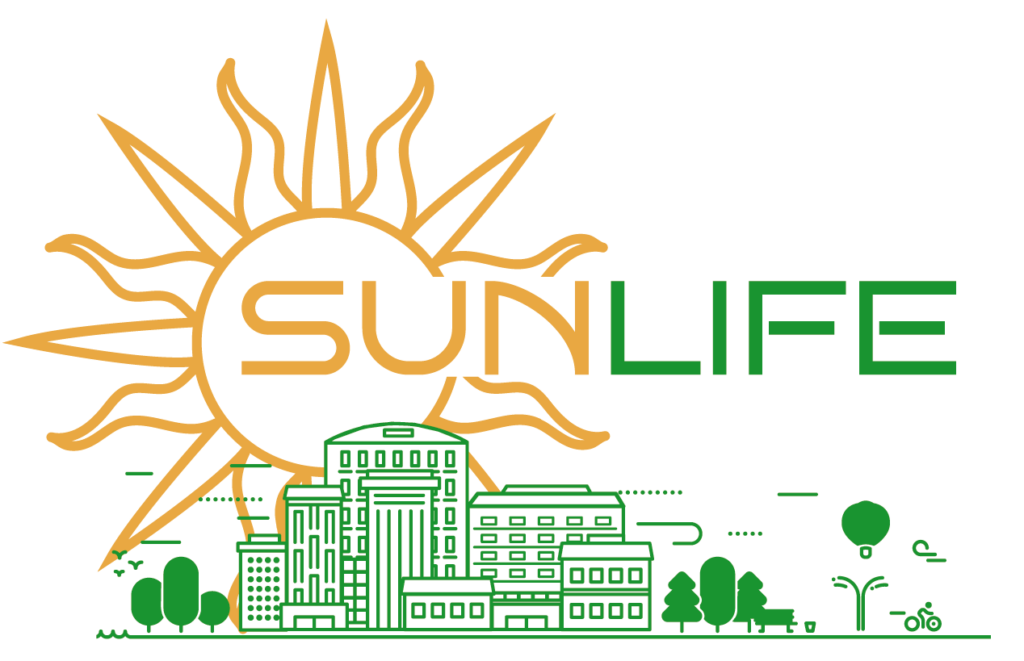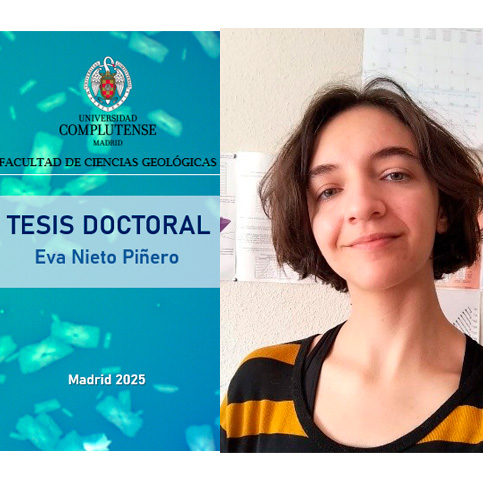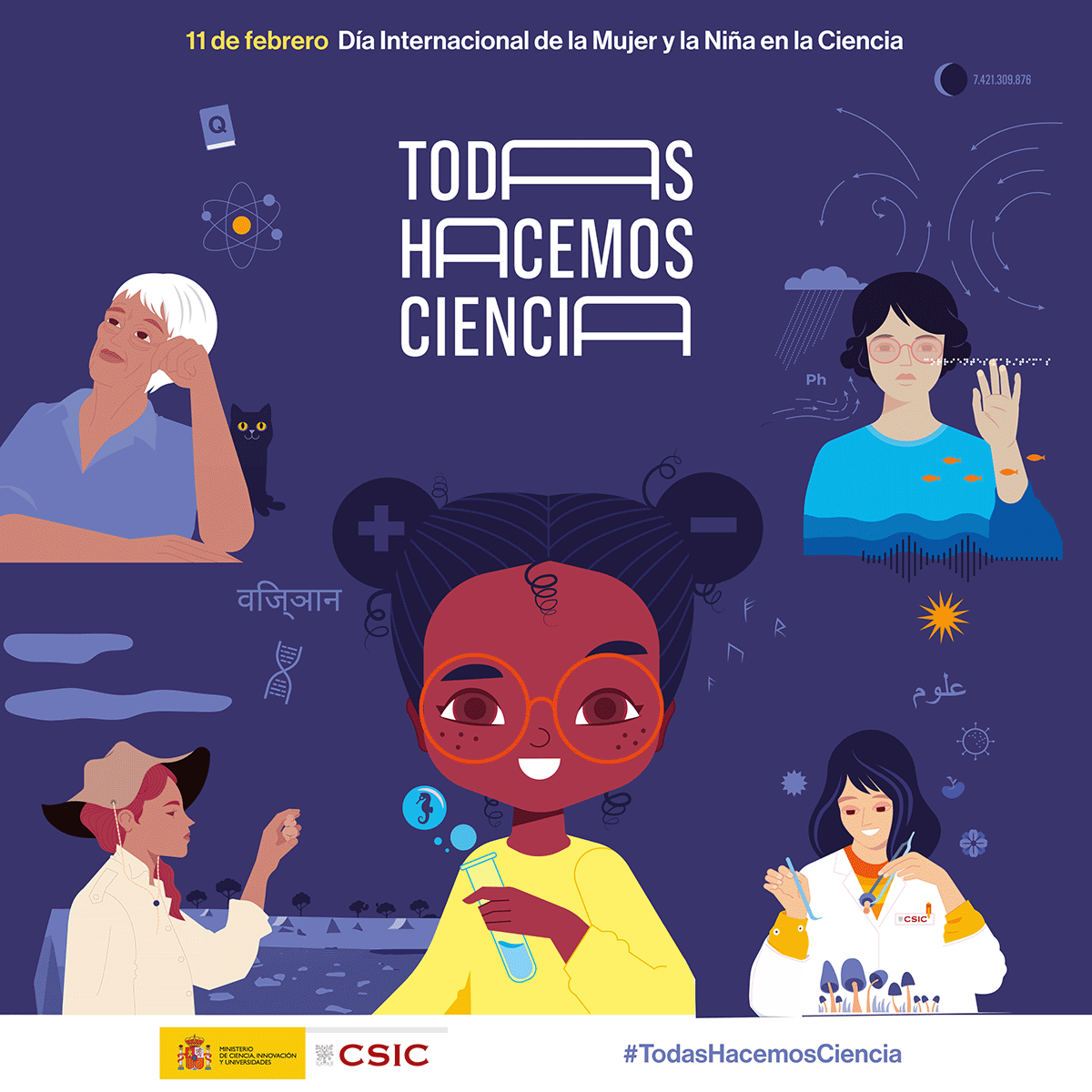SUNLIFE: Boosting Sustainable and Low-Cost Solar Energy for Indoor and Outdoor Use
- IO-CSIC leads an international project that will create sustainable solar cells with non-critical and non-toxic materials that can be adapted to all types of surfaces and applications

Latest news
Natural Slab Photonic Crystals as Biogenic, Customizable Nanomaterial for Label-Free Detection
Scientists demonstrate the potential of diatoms as photonic nanomaterials for sensing. The biogenic material is extracted directly from the microalgae and does not require markers, simplifying and reducing the cost of the sensor manufacturing process. Madrid / April...
The semi-transparent solar cells developed by SUNLIFE, whose viability has already been proven, can be installed in buildings and infrastructures, in devices on ceramic tiles with the dual function of wall ventilation and energy production, and in flexible mechanisms for integration into the Internet of Things (IoT), which allows everyday items to be connected to a communication network.
“With the forecast of a greater expansion of IoT devices in the near future, indoor photovoltaics will play an important role, as it will allow the use of these devices without depending on batteries, which are less sustainable both due to the materials needed for their manufacture and their short lifespan,” says Caballero. “Today, solar modules are already used for building facades, in agriculture or in IoT, but the ones we are developing can be adapted to all scenarios while maintaining their efficiency, something that most current technologies cannot offer,” he concludes.
Institutions from six countries, including Spain, are participating in the project. In addition to the CSIC, the SUNLIFE consortium includes CSIC, CNRS from France, INL from Portugal, Technical University of Tallinn from Estonia, Università degli Studi di Parma from Italy, Bay Zoltan from Hungary and the Spanish company Nano4Energy.

Vice-Presidency of International Relations / IO-CSIC Communication
comunicacion@csic.es
Related news
Thesis reading by our colleague María Eva Nieto Piñero
Date: 02/13/2025 (Thursday) Time: 12:00 Place: Auditorium of the Faculty of Geological Sciences (UCM) C. de José Antonio Novais, 12, Madrid Madrid /...
The Institute of Optics joins the celebration of 11F
Full and equal access and participation of women and girls in science and technology Madrid / January 31, 2025In recent decades, the international...
Optoplasmonic tuneable response by femtosecond laser irradiation of glass with deep-implanted gold nanoparticles
Ion implantation of Au2+ at MeV energies has enabled the creation of nanoparticles embedded at greater depth, resulting in a Fabry-Perot cavity...





